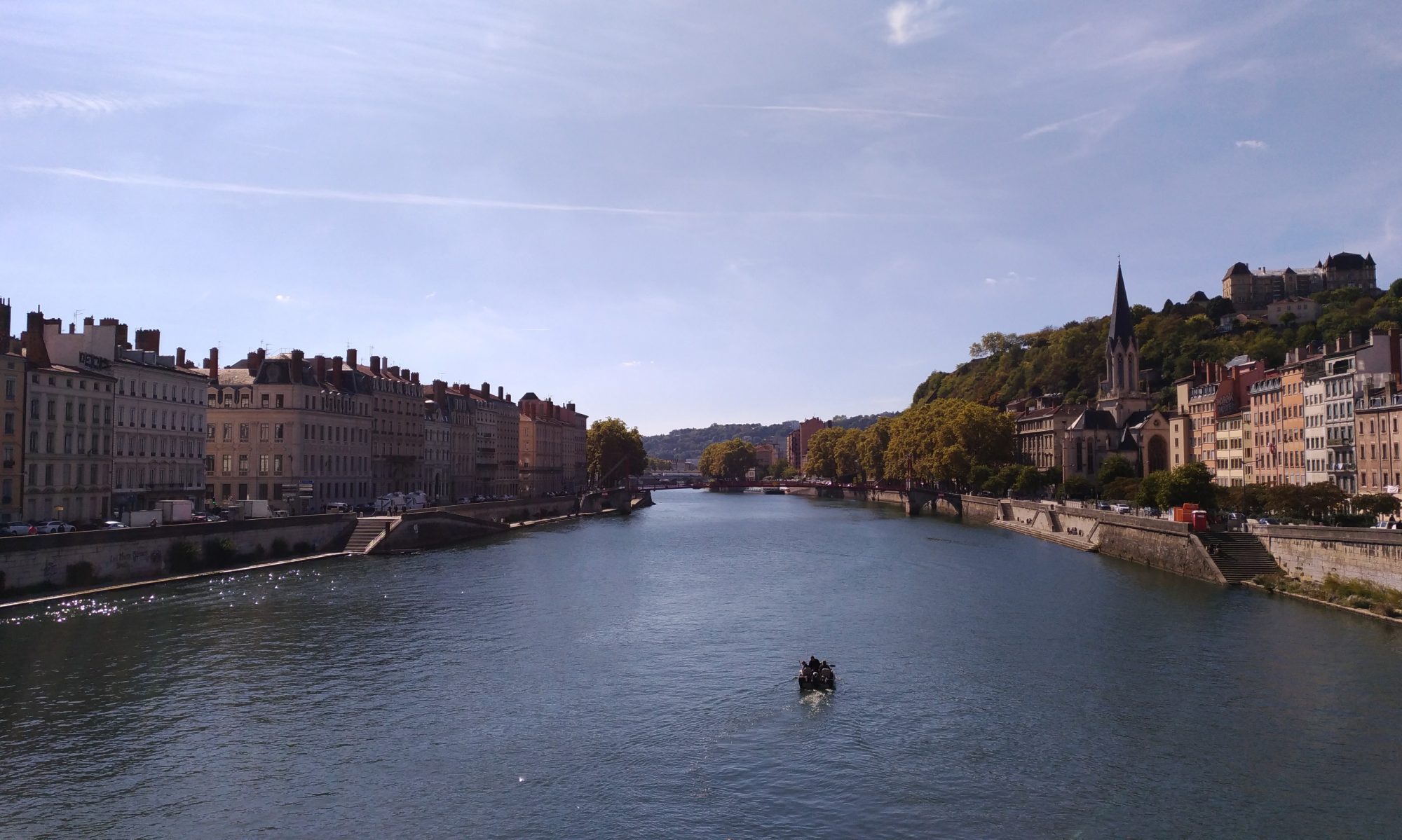So in July of last year, I started thinking about applying for full-time remote positions and read a bunch of job descriptions. I came across a company called Doist which is an all remote company. The part about their job description that caught my eye wasn’t the technology they were using or their philosophy, it was that they did scavenger hunts together… remotely.
This got me thinking about escape rooms since they’re a fun team-building activity offline, but not one online. The online versions of escape rooms tend to just be click around games. So, I thought, what if I built one that could be played remotely, together.
First, I started brainstorming scenarios that might fit the theme of an online escape game. I wanted players to scour the internet for clues, and at the time, the most on theme idea to me was a kidnapping. You may or may not have heard of the movie Searching which features a father looking for his missing daughter by looking through her social media. Despite not having watched the movie, it served as the inspiration. Because, who hasn’t wanted to play an internet private eye, combing the depths of the internet looking for the digital fingerprints of your quarry? (granted, maybe this is just wish fulfillment for me)
With an idea in mind, I started writing down a bunch of possible puzzles and paths this story could go. There were side characters that had to be introduced, parents who may or may not have been aware of things, and character development. At the end of a few days of brainstorming, I had a list of things that I wanted all in a jumble of thoughts.
As one does, in the fit of creative mania, I thought this idea was THE idea. At the very least, it had captured all of the space in my mind. So, I did what anybody does. I tried to recruit a friend to join me in my endeavors. The friend took one look at my notes and was said “I have no idea what the story is here. You need to make a flow diagram for this game.”
Apparently, normally people will set up a flow chart for puzzle games that show the relationships between puzzles. Who knew? I, at least, didn’t; even if it does make a ton of sense.
Armed with this new information, I set out to structure my game information better. First up, the story from the parents, and a couple of links to social media accounts that they ‘provided’. Those accounts should then have information the players can use to solve puzzles that are ‘hidden’ within the accounts which should then ‘unlock’ other locations to search….
This exercise forced me to think about what things were gated by what puzzles in a much more structured way. By having each puzzle in its own section, the ‘ingredients’ needed for each one became easier to track. This structure also allowed me to think about what things could be solved by random guesses and strategies to avoid that.
Now that I had a recipe for how to put the puzzle together, it was time to build it for real. I’m not sure which part I thought would be the hardest when I started, but it probably wasn’t signing up for social media accounts. Because of various bad actors trying to manipulate politics, opening accounts and keeping them open is much more of a hassle now than it used to be with phone verification and uniqueness checks, multiple accounts being opened from the same IP being flagged, etc. I would set up an account only to have it flagged and shut down a day later, which forced me to move to less restrictive platforms.
After much trial and error and some help from my friend, an alpha was ready for playtesting. I recruited my partner who, despite having helped with the initial ideation didn’t really know much about the forms the puzzles had taken at the end.
Playtest number 1 went not too poorly. There were a smattering of “Oh, that was kind of confusing” moments but they were generally easy enough to fix. I had a notice to clarify something that I had worried would be confusing… and the notice itself turned into an unintended red herring.
Playtest number 2 went much smoother than the first one with some of the tweaks I learned from the first play test. There was a puzzle that was a bit of distraction for the first playtest which I wasn’t sure should be removed since it was meant to add flavor, but when the second playtest also had issues with the same element, it became clear that it had to go.
I had wanted to do one more playtest before trying to charge for the game, but I didn’t pursue a third set of playtesters as aggressively so the last playtest never happened. I have a hole in my knowledge in regards to sales that unwittingly became a barrier. The closer I got to it, the harder it became to keep going. It is currently sitting in the think about it later pile.
